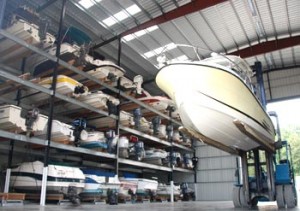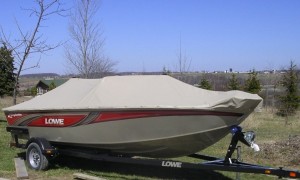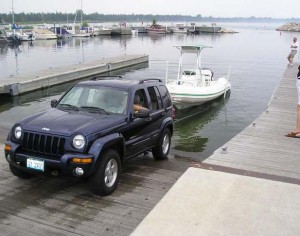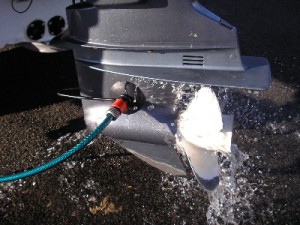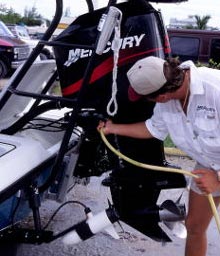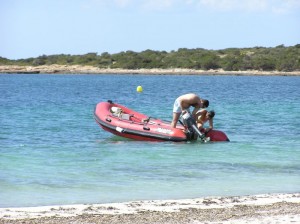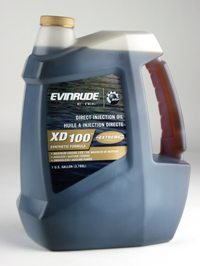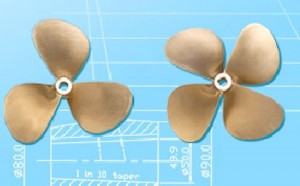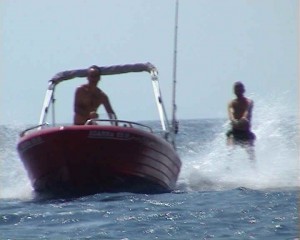Winterizing Your ATV: Part Four
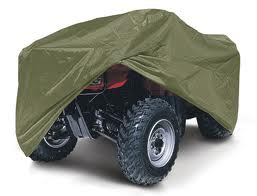 Yesterday we discussed the importance of using premium synthetic oil in your ATV, but we neglected to say what to look for. The criteria for a premium ATV oil is much the same as outboard motor oil; in cold weather conditions the pour point is the most critical variable, which tells you the lowest temperature at which the oil will be effective. Once you have filled your engine with top-tier oil, it’s time to check out the battery.
Yesterday we discussed the importance of using premium synthetic oil in your ATV, but we neglected to say what to look for. The criteria for a premium ATV oil is much the same as outboard motor oil; in cold weather conditions the pour point is the most critical variable, which tells you the lowest temperature at which the oil will be effective. Once you have filled your engine with top-tier oil, it’s time to check out the battery.
Particularly if you are just taking the machine out of storage, it’s a good idea to check the battery to ensure the charge is adequate. You may need to attach the unit to a charger if it is low, but be sure to make sure it holds the charge before your head out. The fuel tank has a tendency to collect condensation in cold weather, which then has the potential to freeze, so be sure to keep the tank as full as possible at all times.


